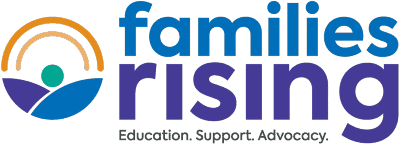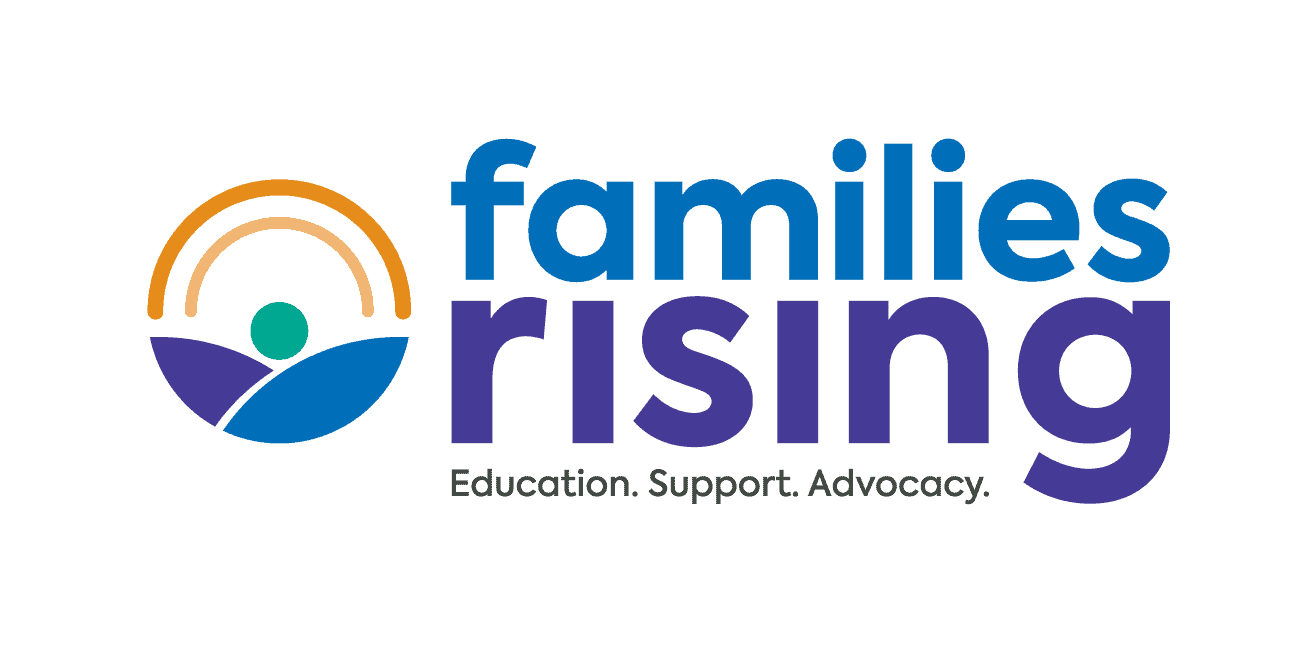The Problem
Each year, about 20,000 young adults age out of the foster care system in the US. Too often, these young people lack the social supports necessary to venture into adulthood successfully. Studies consistently show that young people who exit the foster care system without proper supports are much more likely to become a parent unintentionally, experience years of homelessness, have trouble remaining employed or adequately employed, and populate the prison system.
The Community Connections Youth Project (CCYP) was created after many people asked FosterAdopt Connect to help youth exiting care use Medicaid services. The initial assumption focused on a belief that young people exiting the Missouri foster care system did not have access to Medicaid and, therefore, were unable to receive adequate mental and physical health treatment. I researched organizations around the country to determine what practices and models existed to help youth access Medicaid. The good news is that I learned that in Missouri young people are automatically signed up for Medicaid services as they exit foster care through the assistance of the Missouri Children’s Division. The challenge, however, was that these young people did not take advantage of their health coverage to see a doctor regularly, resulting in an overuse of emergency room services.
Why weren’t youth using a support that was available? It emerged that they were often so worried about other aspects of their lives that maintaining quality physical and mental health treatment was at the bottom of their list of priorities. What we know, however, is that when young people abandon regular mental and physical health treatment, it increases the odds that their health issues will affect their ability to maintain employment, which leads to a lack of stable income and other potentially negative outcomes.
So FosterAdopt Connect began looking at how we could help youth address some key issues and help them stabilize their lives. We knew if we did this, they would have more time and energy to invest in maintaining their physical and mental health. Reviewing case management models around the country revealed how organizations were assisting people with accomplishing goals and moving forward in life. By the end of 2015, we piloted a model to meet the needs of Missouri’s youth aging out of care—the Community Connections Youth Project.
The Program
The Community Connections Youth Project is a strengths-based model of voluntary peer case management for youth at risk of aging out of foster care or who have already exited the foster care system. This model emphasizes each client’s inherent strengths and builds upon existing (or recruited) resources to produce better long-term outcomes for the youth. The primary target population for CCYP is young people who age out of the foster care system but we serve any young adult (17 to 26 years old) who was ever placed in foster care who needs our help. We know, for example, that young people who are adopted from care also face barriers to successfully transitioning to adulthood and often need additional support.
Each client is assigned to one of our seven community connections specialists in two offices (Kansas City and Springfield) who can provide support in at least one of the program’s eight core domains: housing, education, finances, employment, physical and mental health, transportation, legal assistance, and social supports. The staff specialists have a caseload of 20 clients whom they meet one-on-one for as long as the client needs services.
The Community Connections Youth Project is primarily funded by the state of Missouri, with an operating budget of $600,000. The budget include the staff plus more than $75,000 in emergency assistance for clients each year. The CCYP operating budget also allows for specialists to attend trainings and purchase supplies to best serve clients.
All of the staff connections specialists are alumni of the foster care system. This was established as a core component during the initial development phase. The primary benefit of having foster care alumni as the specialists is the ability to offer peer-to-peer support in addition to the services described above. A peer model of support is at the heart of many programs at FosterAdopt Connect, where we believe that people learn better and are more willing to receive assistance when they can identify with the person providing the assistance. CCYP specialists have informed conversations about how to navigate adulthood and are able to offer encouragement, resources, and coaching to assist clients in making optimal choices. Each specialist receives trauma-informed training and is supervised by another foster care alum.
Services and supports vary based on the client’s needs. If someone needs help with transportation, for example, we can offer driving lessons using a company vehicle we have for this purpose. Or we use emergency assistance dollars to provide bus passes to clients who live on bus lines in major cities. On some occasions, specialists will transport clients to important events or activities, including work, to help clients stabilize while a more permanent solution is identified.
Specialists provide any and all support possible, and no two cases looks exactly the same. In the box below is a story of two clients served by CCYP to provide an example of the types of support offered in the program.
Services are offered to young adults as long as the client agrees to engage in services. CCYP’s goal is to offer consistent support to young people who have been in care, regardless of their behaviors or attitudes. This is not a program that requires clients to prove their worth in order to receive services. Due to our mission for consistency, connections specialists make a commitment to only terminate services for a client if that young person becomes physically aggressive with the staff.
—
Jessica and Nick, who aged out of foster care without a permanent family, were referred to the Community Connections Youth Project from CenterPoint Hospital due to concerns that their soon-to-be-born child would be placed into foster care because they were homeless and unemployed. Kandice, a CCYP specialist, took on both clients and conducted an assessment of their most immediate needs. She began to discover that more issues were present than just unemployment and homelessness. One of the clients was facing three arrest warrants in three different jurisdictions. We were also dealing with intimate partner violence between the two clients, although they wanted to continue living together. Needless to say, Kandice had her work cut out for her.
Kandice’s initial work included finding stable housing for the couple. Working with local shelters, Kandice found an apartment and vouchers that would allow Jessica and Nick to move in immediately and have stable housing for up to two years. Kandice was able to get them moved into the apartment and found furnishings so that they could be prepared for their baby. Kandice worked with them on conflict resolution skills to address issues that led to verbal and physical altercations. Kandice also transported them to OB/GYN appointments, ensuring proper prenatal care. Kandice also worked to have the warrants removed, helped both Jessica and Nick find employment, and even helped them get a donated van so that they could transport their family. When it was all done, CenterPoint’s social worker called to let us know that she saw such improvement in this young couple that she was dismissing the case they had been building to have the baby brought into care.
Supporting Our Staff
Because specialists also experienced foster care and share similar stories to their clients, additional protective factors have to be in place to support staff and help them when clients’ circumstances trigger events from their own lives. We’ve made tweaks to supervision styles to best help employees who have suffered from trauma learn and grow in a stable environment, while also providing realistic and professional expectations. For example, some of our staff are accustomed to environments where people who disagree either yell at each other or quit associating with each other. As staff, this has provided challenges when they need to teach clients how to resolve conflict in a healthy way. Supervisors for CCYP work with specialists regularly on their communication styles and provide coaching to not only teach clients how to handle conflict, but to practice the same techniques themselves.
Outcomes
In 2017, CCYP served 226 clients, with an average age of 20. Of these clients:
- 58 were assisted with educational goals.
- 96 were assisted with obtaining employment.
- 73 were assisted with creating and maintaining a budget.
- 108 were assisted with obtaining or maintaining safe housing.
- 64 were provided with legal services through our legal advocacy program or pro bono connections.
- 70 were connected with appropriate physical and mental health treatment.
- 142 were assisted with obtaining or maintaining social and community support systems.
- 99 were provided with transportation assistance.
- 115 received food, clothing, or household items.
Clients in crisis received a total of more than $75,000 in emergency assistance to help stabilize their lives.
At this time, we have just begun analyzing how the program has provided benefits and positive changes for clients served. Two trends we have noted thus far relate to employment and housing. We have discovered that clients who engage in CCYP services stay employed for longer periods of time and are beginning to earn more in hourly wages. In addition, our clients are maintaining housing and are at a decreased risk of being homeless, thanks to the work of specialists who help talk to landlords, help clients prepare and maintain budgets, and provide emergency assistance, as possible, to mitigate client crises.
Lessons Learned
In the two years that the program has been operating, we have learned a lot from our clients. One of the most disheartening realizations is the disservice the child welfare system does to young adults exiting care. We have worked with more than 200 young people in varying degrees of crisis, and the most common factor we see is that our clients are vastly underprepared for being on their own.
The young people we work with have their first experiences with managing money, appointments, and overall responsibility when they are completely on their own. They are responsible for making decisions that many experienced adults would struggle to find answers to—even with support. Many of the youth we serve are forced to come up with solutions on their own, and many fall into desperate situations as a result.
Too many of these young people are going out into the world with a poor understanding of how to navigate adult life on their own, complicated by their past experience of having a worker responsible for addressing problems that arose while they were in care. If an individual has always had someone arrange appointments, schedule their day, and ensure that all necessary expenses are covered, how are they supposed to understand that the responsibility will fall to them when they reach a certain age?
As a system we are sending many people into the world who are chronologically 18 to 21 years old, but at most have only experienced life as a preteen. Even young adults growing up in traditional families need the assistance of their parents after age 18. I remember contacting my parents on several occasions in my early and mid-20s when I had overdrawn my bank account or I was unsure how to fill out tax documents. If I did not have the support of my family, I hate to think how my life could have turned out.
We have had great success in CCYP, but we know there is a lot more we can do and we will work with many more young people in the future. I look forward to a day when all young people have achieved permanency and are able to use a support system like CCYP with their family members to make the most of their lives and realize their dreams.



